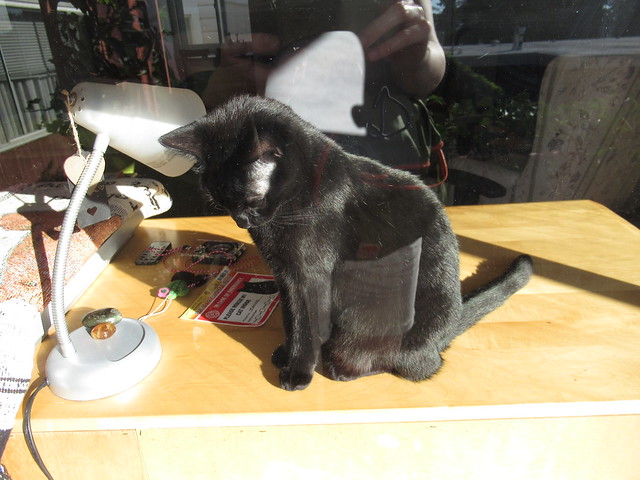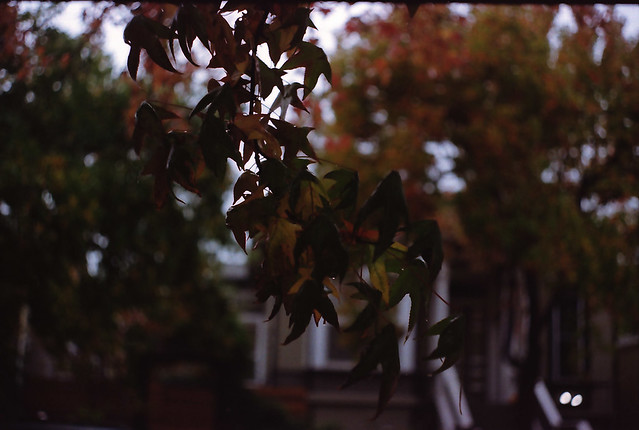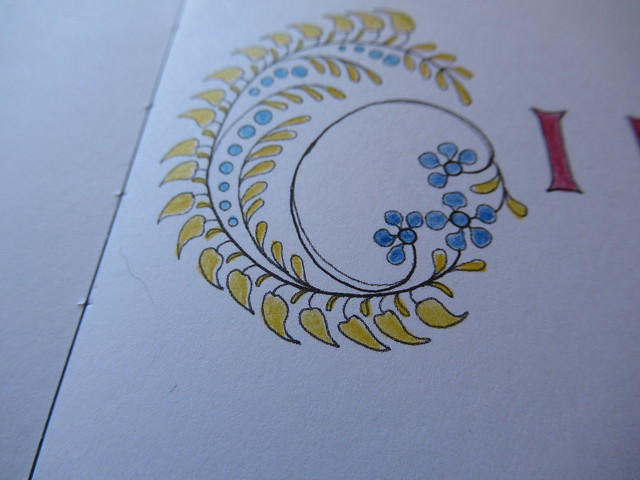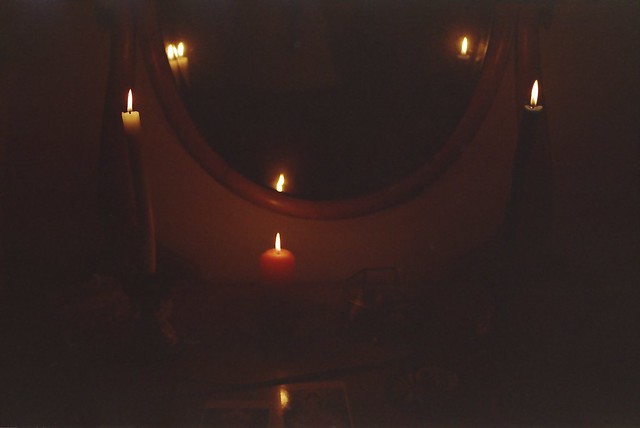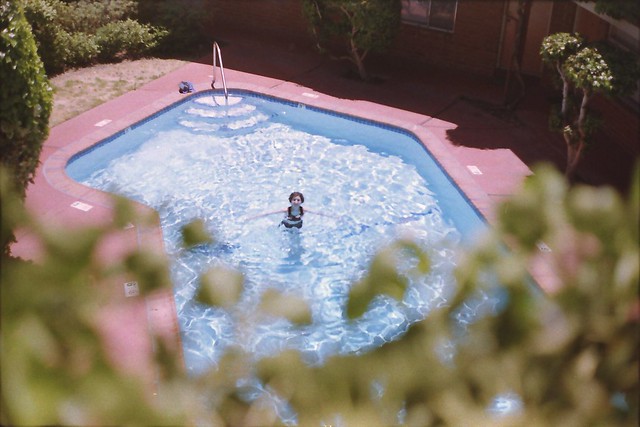1. The Rebirth of Rapunzel: A Mythic Biography of the Maiden in the Tower, by Kate Forsyth (2016)
Reading The Wild Girl in August got me really interested in the history of the Grimm
tales. I have only slightly more exposure to them than your average
bookworm - this due to having been a student of the German language,
which properly should always entail a bit of time spent with the Grimm tales,
a.k.a. the world's most famous German-language book.
So, I tracked down this non-fiction work by the same author, who wrote it as part of her dissertation for a phD in fairy tale retellings
(I know, right?). It was wonderful and wonderfully interesting! For
example, the discussion of lingering matriarchal symbolism in the
Rapunzel myth just...makes me all intellectually swoony.
It did repeat itself somewhat, but I think that's just it being an academic work. Some of the short articles by the author included at the end were a bit irrelevant to Rapunzel, but I didn't mind.
Now I need to reread the other component of her dissertation: her own novelized retelling of Rapunzel, Bitter Greens (read last December).
2. The Last Time I Wore a Dress, by Daphne Scholinski (1997)
This memoir was, in a conversational way, dark as hell, and a weird view of mental hospitals I hadn't seen before - a teenage girl committed involuntarily for several years, basically because her negligent/abusive parents didn't want to be her parents while she was exhibiting behavioral issues. Among other things, she gets slapped with a Gender Identity Disorder diagnosis for being insufficiently feminine, and prescribed makeup lessons, not having a female best friend, and developing romantic interest in male patients. What a good time! Some of her casually tossed-off anecdotes did not read as credible to me, which made me feel a little hmm but I don't disbelieve the framework of her story. Certainly an effective reminder of how well-rooted misogyny and homophobia are in psychiatry. Overall, I feel like stories like this (i.e. about hospitalization as incarceration) are underrepresented am books set in mental hospitals, at least they sure were in what I've read.
3. Zuri Ray Tries Ballet, by Tami Charles, illustrated by Sharon Sordo (2021)
Cute illustrations, cute friendship, read because ballet is one of my Interests. The moral of "Do things in whatever way you want to, even in ballet class! For example, if you want to wear a soccer uniform and do creative soccer movement while everyone else does ballet!" was odd.
4. Commute: An Illustrated Memoir of Female Shame, by Erin Williams (2019
This was somewhat interesting. In part it reminded me of those posts everyone was making during #MeToo, where you'd see a bunch of your female acquaintances on Facebook simply posting a laundry list of every sexual mistreatment men have subjected them too. I feel like too much was made of her thesis about choosing male-gaze desirability (e.g. her twenty-step beauty routine) versus being invisible. It doesn't guide the book that much, and as a lesbian, it's not a feminist topic that I find compelling. To an extent, I would say I feel the same about the current tendency to find/seek feminist solidarity only around our victimization.
5. Flamingo in the Dark: Images, by Bea Nettles (1979)
I checked this out because I ran across her photographic Tarot deck, the Mountain Dream Tarot. Curious to see the types of manipulation that photographers used before computer editing was available. Dreamy but not totally my thing. I wished her descriptions in the front of what biographic moments each photograph pertained to had been connected to the actual relevant images.
6. The Witches of Worm, by Zilpha Keatley Snyder (1972)
A reread. This author really does creepiness and ambience well. I didn't notice as a child the ambiguity about whether the cat is really a demon or whether the lonely, angry child is just using him to justify her own bad behavior to herself. (Credit to my friend who pointed this out to me before passing on her Little Free Library copy to me!) Also, I reckon this is set in San Francisco, which is always a plus.
7. In Praise of Wasting Time, by Alan Lightman (2018)
To summarize: "Wasting time is good because it makes you more productive." This is companion to a TED Talk (which I haven't watched) and that totally fits for me. I didn't dislike it but much of it was review of topics I've read about elsewhere in greater depth. Am I the only millennial who is indifferent to the institution of TED Talks? I think I've watched two, total.
8. Lirael, by Garth Nix (2001)
A reread. The world-building of the Clayr's Glacier, and particularly its Great Library and Lirael's life in it, is so savory to me. Sam is annoyingly thick, but I guess he is a teenage boy.
9. Abhorsen, by Garth Nix (2003)
A reread. The second half of Lirael's story, but somehow I always liked the first half better, even though much of the plot hadn't really gotten going yet at that point! The parts of his books where the protagonists are running around in a panic, organizing people and magic, trying to stop the world from ending, are a little exhausting and perhaps overly drawn out here. (To me the first book, Sabriel, was the more perfectly plotted of this series.) I love the Disreputable Dog so much.
(Part two here.)



